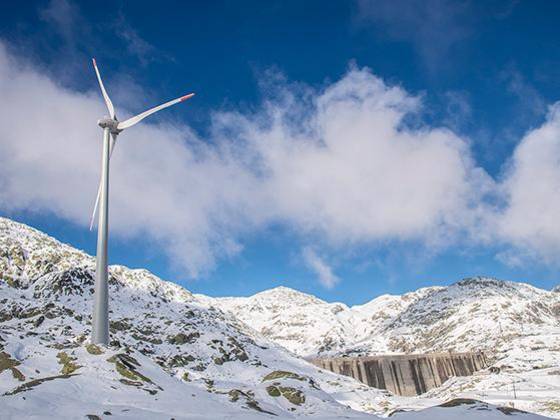Switzerland wants to become climate neutral by 2025. The strategy of initially lowering the carbon footprint towards “zero emissions” essentially involves the use of electrically operated air heat pumps and electric cars instead of burning oil, gas and petrol.
However, this brings a new problem, as the EMPA – Swiss Federal Laboratories for Materials Science and Technology reports in a press release. Due to the strong increase in electricity consumption, the country depends on imports. While the electricity produced in Switzerland mainly comes from hydroelectric and nuclear power plants and therefore is almost CO2-neutral, the situation is very different in many neighboring countries. It is estimated that fossil power plants for electricity generation are responsible for 25% of greenhouse gas emissions in Europe. While the electricity produced in Switzerland causes around 40g CO2 equivalents per kilowatt hour, the average of the entire electricity mix, including imports, is around 108g. “In peak hours, it can even be up to 600 g,” says Martin Rüdisüli from Empa’s “Urban Energy Systems Lab”.
Since Switzerland wants to get out of nuclear power generation at the same time, this part of the current electricity mix must also be replaced in addition to the new additional demand. The yields from photovoltaics are quite low in Switzerland in winter, but the yield from wind power is higher at this time of year than in summer time. The researchers have calculated various scenarios for the combination of the two energy generation methods. With sufficient expansion in winter, however, electricity production in summer would be higher than consumption. A solution is seen in “Power-to-X” technology, i.e. the conversion of electricity into storable energy carriers such as hydrogen and synthetic methane or thermal storage in geothermal probe fields.
